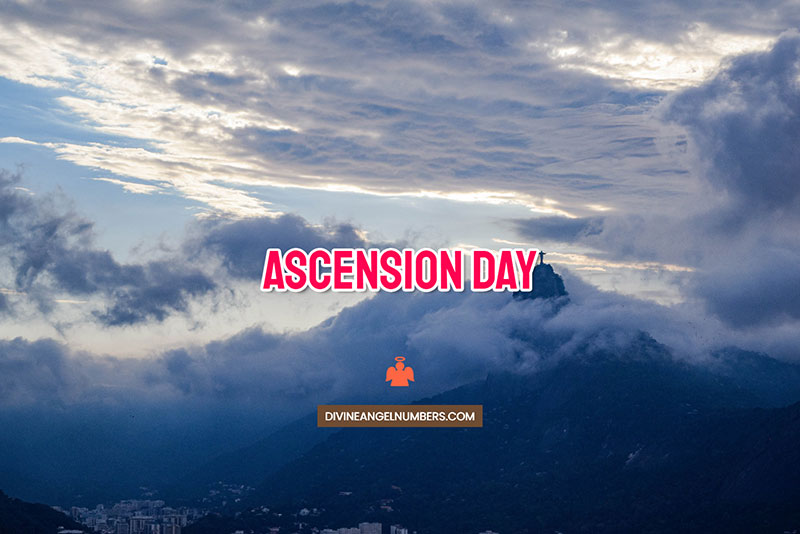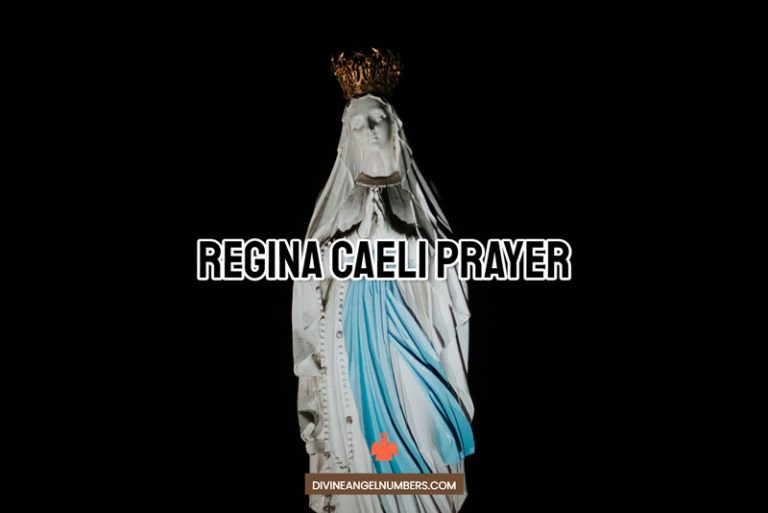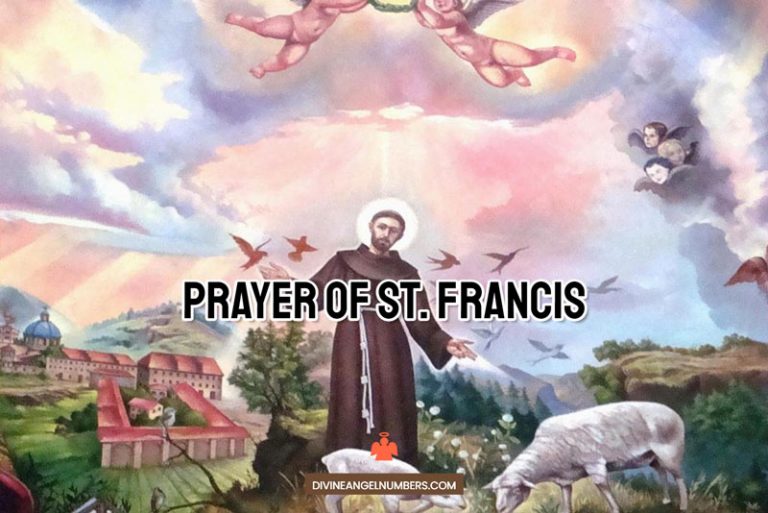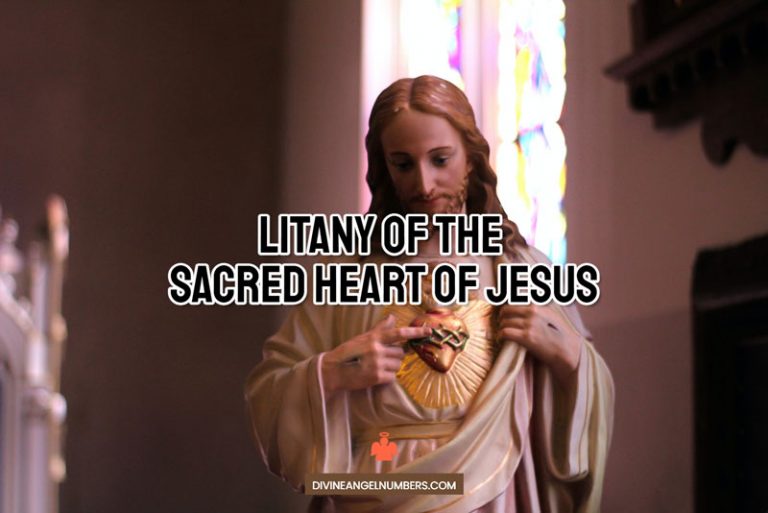Ascension Day commemorates the ascent of Jesus Christ into heaven on the 40th day after his Resurrection on Easter. The Feast of Ascensions ranks high with Pentecost, Christmas, and Easter in the universality of its observance amongst Christians and its importance.
Both Western and Eastern Christianity have been celebrating the Feast of Ascension since the 4th century. Prior to the 4th century, the day was commemorated along with the descent of the Holy Spirit at Pentecost.
Ascension Day derives its importance from the Christian belief of Jesus’s exaltation and glorification following his death and Resurrection, as well as from the theme of his return to His father, God.
Ascension Day, which is also known as Ascension Thursday and the Solemnity of the Ascension of Jesus Christ), is one of the ecumenical feasts of Christian churches along with the Passion and Pentecost.
Although the Feast of Ascension should be celebrated on a Thursday 40 days after Easter, however, many churches have moved the observance to the following Sunday.
History
According to the New Testament, three days after Christ was crucified, he was resurrected. And for 40 days after his resurrection on Easter Sunday, he taught his disciples how to proclaim God’s word.
After the 40 days were over, on the Mount of Olives, Jesus told his disciples to wait in Jerusalem before his ascension into heaven. He also told his disciples that they would encounter the Holy Spirit in Jerusalem soon.
The tradition of commemorating Ascension Day started somewhere around 68 A.D. However, it was observed with two other holidays – Easter Sunday and Pentecost. By 300 A.D. it developed as a separate holiday that would be celebrated 40 days after Easter.
The first written piece of evidence about the Ascension Day Feast celebration dates back to 385 A.D. And by the 5th century, Ascension day started becoming a prominent feature of Christian Art.
Read more: The Sacred Paschal Triduum
Bible Verses about the Ascension
“No one has ascended into heaven except he who descended from heaven, the Son of Man.” -John 3:13
“Therefore, when they [the disciples and the risen Christ] had come together, they asked Him saying, “Lord, will You at this time restore the kingdom to Israel?”And He said to them, “It is not for you to know times or seasons which the Father has put in His own authority. But you shall receive power when the Holy Spirit has come upon you, and you shall be witnesses to Me in Jerusalem, and in all Judea, and in Samaria, and to the end of the earth.”Now when he had spoken these things, while they watched, He was taken up and a cloud received Him out of their sight…” – Acts 1:4-9, New King James Version
God exalted him at his right hand as Leader and Savior, to give repentance to Israel and forgiveness of sins. – Peter says in Acts 5:31
Jesus said, “Do not hold on to me, for I have not yet ascended to the Father. Go instead to my brothers and tell them, ‘I am ascending to my Father and your Father, to my God and your God.’”- John 20:17
Read more: Easter Bunny: Origin, Significance, and Celebration

Importance of Ascension Day
Ascension Day is important for a number of reasons.
1) Ascension Day is important because it signals the end of Jesus Christ’s earthly ministry. God had sent Jesus Christ into the world at Bethlehem and on the day of Ascension, he returned to his Father. This day also signifies the end of the period of human limitation.
2) The Feast of Ascension signifies the success of Jesus Christ’s earthly ministry. He had successfully accomplished the work he is meant to do.
3) Jesus’ glory had been veiled during His sojourn on earth, with one brief exception at the Transfiguration. Therefore, Ascension Day marks the return of His Heavenly Glory.
4) Ascension Day celebrates the Lord’s Supper or Eucharist in anticipation of his return.
5) According to Biblical Scripture, shortly after Jesus Christ’s ascension, an enormous spiritual change took place amongst his disciples. His disciples, who were depressed and timid before, burst forth in an explosion of miraculous healing, intrepid proclamation, and inspired activity.
6) Ascension Day helps us experience Christ’s role as High Priest. Christ’s intercession on our behalf before God is a blessing.
Western Christianity Vs Eastern Christianity
In Western Christianity, particularly Roman Catholicism, Ascension Day is considered a day of Solemnity and is categorized as one of the Holy Days of Obligation. In the Anglican Communion, Ascension Day is a Principal Feast. Ascension Day is usually celebrated on a Thursday, therefore, sometimes the day is also referred to as ‘Holy Thursday.’
However, it isn’t commonly used because the term is also applied by most Christians to Maundy Thursday. The three days before Ascension Thursday are sometimes referred to as the Rogation days, and the previous Sunday, the Sixth Sunday of Easter is Rogation Sunday.
The Roman Catholic Churches that have not designated the feast as a public holiday have obtained permission from the Vatican to observe the religious festival on the Sunday following Easter Sunday and before Pentecost.
This move was taken to encourage more Christians to observe the feast as it is considered very important. The United Methodist Church has similarly moved the holiday from a Thursday to Sunday.
In Eastern Churches, Ascension Day is also known as Analepsis or Episozomene, which means salvation from on high and denotes that by ascending into his glory, Christ completed the work of our redemption.
Ascension Day is considered one of the Twelve Great Feats of the Eastern Orthodox liturgical year. It is commemorated with an all-night vigil.
The Eastern Orthodox Church uses a different method of calculating the date of Easter, so the Eastern Orthodox commemoration of Ascension will usually be after the Western observance. Either by one week, four weeks, or five weeks later; but seldom on the same day.
The earliest possible date for the feast is May 13 (on the western calendar), and the latest possible date is June 16. Some of the Oriental Orthodox Churches, however, observe Ascension on the same date as the Western Churches.
Ascension Dates
Ascension Day 2023: Thursday, 18 May
Ascension Day 2022: Thursday, 26 May 2022
Ascension Day 2021: Thursday, 13 May
Read more: Religious Easter Messages: Motivational & Inspiring
How to observe Ascension Day?
Ascension Day is observed in many different ways around the world. Many Christians commemorate the day with fasting, prayer, and attending religious services. People attend Church services, prepare special meals, and treat themselves to a day of leisure. You can also listen to hymns that are a traditional part of Ascension Day.
This day is a good opportunity to reflect on the fact that we are all ascending together. We are all growing closer to God, and we can all learn from our experiences on Ascension Day.
Ascension Day is a wonderful day to connect with your spiritual side by:
1) Spending time in nature, surrounded by greenery, silence, and fresh air.
2) Determine your goals for the next year and make a list of how to work towards achieving them one step at a time.
3) Make a promise to yourself to practice self-care, such as taking relaxing walks, skincare, and taking a hot bath.
4) Try to reconnect with your innermost being and spiritual side by spending time meditating and praying.
Interesting Facts about Ascension Day
1) On Ascension Day in Sweden, people go to the woods early in the morning, around 3 or 4 A.M. to hear the birds at sunrise. This is because they believe that hearing the chirping of the birds will bring them good luck.
2) Years and years ago, in Britain, young boys were driven along the parish boundaries and beaten with willow branches to drive away evil on Ascension Day.
3) In Wales, Ascension Day is considered an extremely holy day because of which many people consider working on the day to be incredibly inauspicious.
4) Portuguese households commemorate Ascension Day by stocking up on wheat. Ascension Day is considered a day of peace and prosperity. Therefore, wheat is also seen as a symbol of prosperity.
5) Although a minority of the population is Christian in Indonesia, Ascension Day is still designated as a public holiday.
Ascension Day Art
Ascension is an old theme that has appeared in Christian art since the 5th century. The earliest version of Christian art from the 11th century shows Christ from the side, climbing to the top of the hill and grasping the hand of God, which emerges from a cloud above to pull him into heaven, and the Apostles, are all assembled below him to watch the event.
Ascension art which developed in Syria in the 6th century emphasized Christ’s divinity, showing him from the front, standing immobile in a mandorla, or almond-shaped aureole elevated above the earth and supported by angels. In this version, Jesus Christ is holding a scroll and making a gesture of benediction.
It also includes the Virgin Mary, even though she is not mentioned in the Biblical account of the event, and St. Paul, who was also not present. Although the inclusion of these figures in Christian art is not explained, some scholars believe that they act as an allegory of the Church that Christ has left behind.
Conclusion
On the topic of Ascension, the Catechism of the Catholic Church states “Christ’s Ascension into Heaven signifies his participation, in his humanity, in God’s power and authority”. Pope John Paul II exclaims that Biblical scripture reminds us of the significance of Ascension in two statements, “Jesus gave instructions, and then Jesus took his place”.
In various Christian denominations, Ascension Day is considered an important day because it commemorates the Ascension of Jesus into Heaven.



